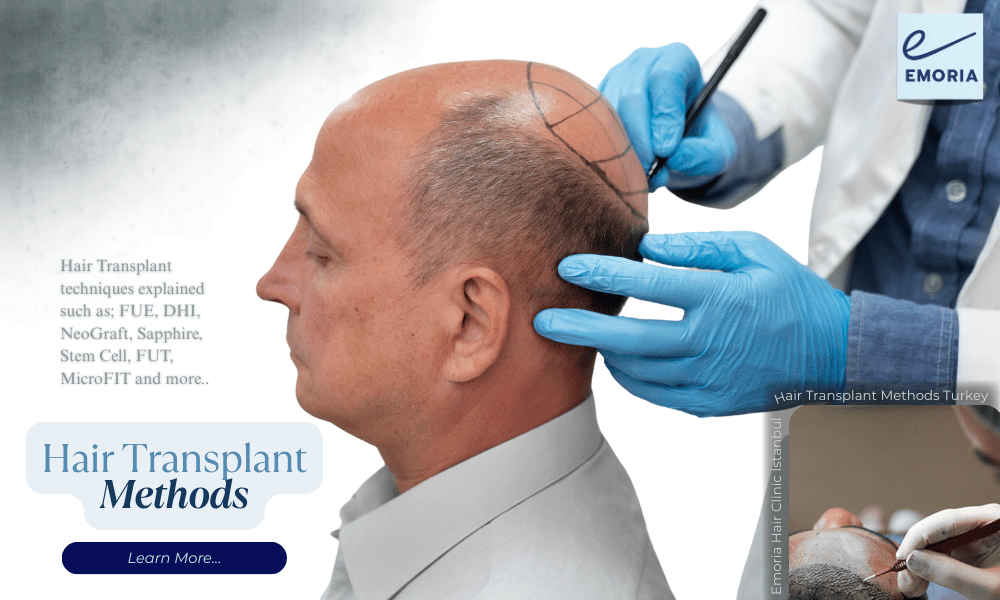We’ve had many conversations with people considering a hair transplant. Some were nervous, others excited, most just had a lot of questions—and rightly so. Hair loss can feel personal, even painful. But it’s also deeply common, and today, thankfully, it’s also very treatable.
If you’re looking into hair transplant methods in Turkey, you’re not alone. The country has become one of the top destinations for affordable, high-quality hair restoration. Clinics like Emoria Clinic offer advanced techniques like FUE and DHI, and they do it with experience and care. But if you’re feeling unsure about the differences between these procedures, or whether you’re even a good candidate, we’ve written this to help make things clearer—clinic to patient.
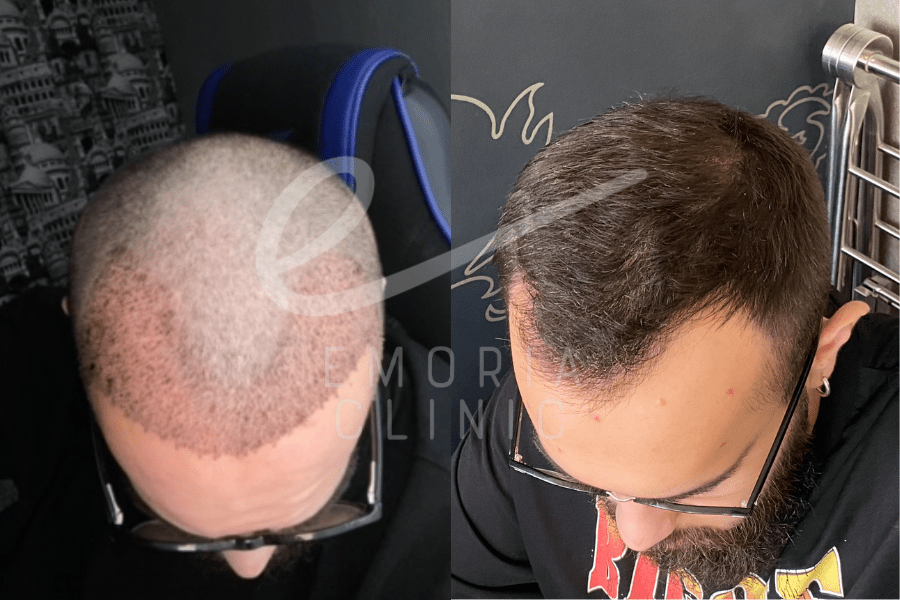
How does the FUE method work?
Let’s start with FUE, short for Follicular Unit Extraction. This is one of the most common hair transplant methods, not just in Turkey, but worldwide. We’ve seen countless patients choose FUE because it strikes a balance: it’s minimally invasive, heals fairly quickly, and delivers natural-looking results when done right.
The procedure works like this: the surgeon shaves a small area (usually the back of your head), numbs it, then uses a micro-punch tool to carefully remove individual hair follicles. These tiny grafts are then placed, one by one, into areas where your hair is thinning.
What we appreciate about FUE from a clinical standpoint is how gentle it is compared to older methods. There’s no large incision or stitches. Most patients we’ve cared for are surprised by how manageable the recovery is—you’ll probably have some redness and mild swelling for a few days, but many return to work within a week.
What are Upgraded FUE Options?
Some clinics, like Emoria Clinic, offer more advanced versions of FUE. Two you might hear about are Sapphire FUE and Ice FUE Hair Transplant (also called Frozen FUE).
From the patients we’ve seen go through these, both versions improve comfort and healing. But more importantly, they tend to give a denser, more refined final result.
Sapphire FUE Method
Sapphire FUE uses ultra-fine sapphire blades instead of regular steel. It creates smaller, cleaner openings in the scalp, which means faster healing and less risk of scarring.
Ice (Frozen) FUE Method
Ice FUE takes the follicles that have been extracted and keeps them in a cooled solution before implantation. This helps keep the grafts strong and healthy—something that’s especially useful if you’re getting a large number of grafts done in one session.
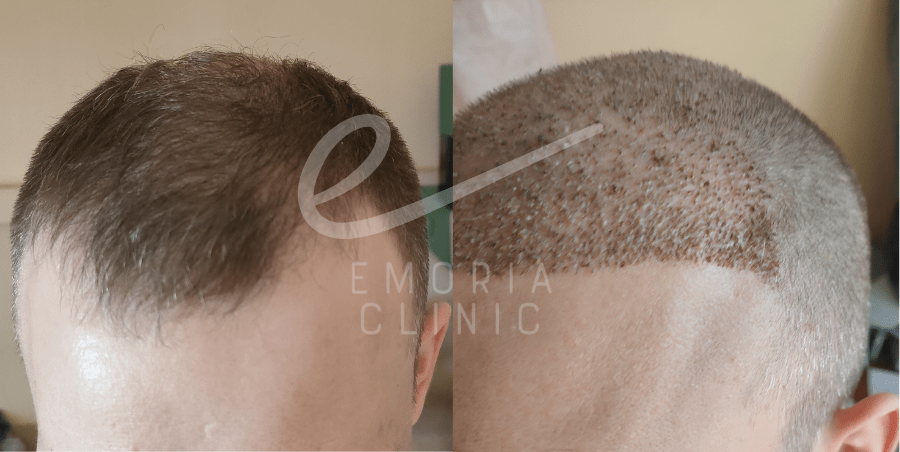
How does the DHI method work?
DHI, or Direct Hair Implantation, is another popular method—especially for those who want to keep more of their existing hairstyle or focus on specific areas like the hairline.
This method also starts with follicle extraction, like FUE. But instead of making incisions ahead of time, DHI uses a tool called the Choi implanter pen. This pen lets the doctor place each graft directly into the scalp with just one motion.
So why choose DHI? In our experience, patients and surgeons who care about precision often lean toward this option. It’s excellent for defining the hairline, adding density to small areas, or avoiding the full head shave. Recovery is also quick, and since the incisions are smaller, there’s usually less bleeding and crusting.
DHI does take a bit longer in the chair, and it’s often priced a little higher, but it’s worth considering—especially if you’re looking for a hair transplant without shaving, or if you want hairline results that look soft and very natural.
Other Hair Restoration Methods
While FUE and DHI are the big players, Turkey’s top clinics offer several other methods as well. You might not need them, but it’s worth knowing what they are in case one fits your specific needs.
NeoGraft Hair Transplant
NeoGraft technique is a more automated version of FUE. It uses a handheld device to extract and implant the follicles. It can reduce operator fatigue, but in Turkey, it’s not as widely used since most surgeons are highly trained in manual techniques with years of experience.
Micro FIT Technique
A variation of FUE, Micro Follicular Isolation Technique focuses on extremely gentle extraction. It’s great for patients with sensitive scalps or limited donor areas.
Forehead Reduction
Sometimes, a person’s goal is more about reducing forehead size than filling in balding patches. Forehead Reduction (Hairline Lowering) is a surgical procedure where part of the forehead skin is removed to lower the hairline. It’s often combined with a hairline transplant for balance.
Scalp Micropigmentation
This isn’t a transplant—it’s a non-surgical option. Pigment is applied to the scalp to mimic the appearance of short stubble or density under thinning areas. We’ve seen patients choose this when they weren’t good candidates for surgery or wanted a low-maintenance solution. Scalp Micropigmentation (Hair Tattoo) can also be paired with a hair transplant in any order, after the first operation is completely healed.
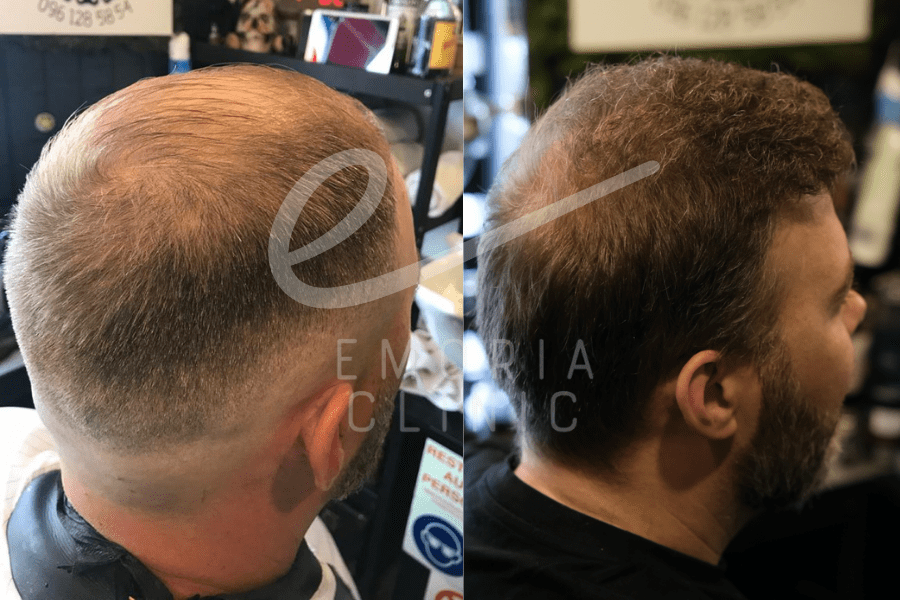
Why Do People Choose Turkey for Hair Transplant?
The simple answer? Turkey built an entire industry around hair restoration—and they do it well. Clinics like Emoria combine top-level techniques with hospitality. Many packages include not just the procedure, but also hotel stay, airport transfers, and aftercare.
From a clinical point of view, the surgeons in Turkey perform more hair transplants in their career, compared to the surgeons of other countries. That kind of experience matters. The tools are advanced, the techniques are modern, and the prices are significantly more accessible than in the UK or US.
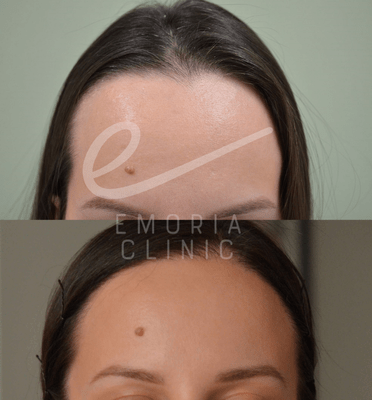
Which Method is Right For You?
There’s no universal answer here. Some patients want full coverage for the crown, others just want to bring their hairline forward a little. We always plan our consultations with patients to think about:
- How much coverage you want
- Whether or not you’re comfortable shaving your head
- Your hair texture (e.g. Afro hair, curly hair, fine hair)
- Your available recovery time
- Your budget
It’s also a good idea to think long-term. Hair restoration is a journey—it doesn’t stop at the procedure. You’ll need aftercare, maybe PRP treatments, and patience while the new hair grows in.
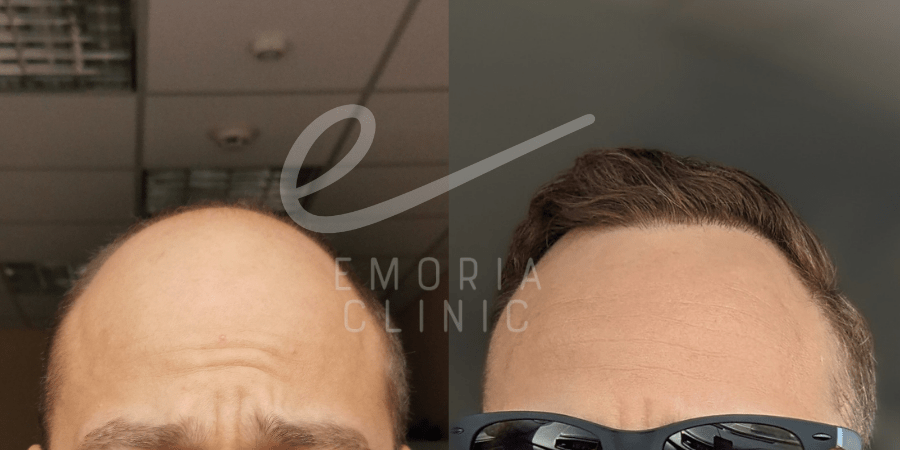
Hair Transplantation in Turkey: Beyond Technique
Hair loss affects more than just your appearance. We’ve watched patients come in quiet and uncertain—and leave beaming months later, once their new hair starts coming in. It’s not just about regrowth; it’s about returning to yourself and what your younger looking version symbolises to you in front of the mirror.
Whether you’re leaning toward FUE, DHI, or just starting to explore your options, Turkey offers some of the world’s best care at a price that’s within reach. Clinics like Emoria Clinic provide not only great results but the human support you need throughout the process.
And that’s what matters most—not just what method you choose, but how supported and seen you feel while doing it.
It really depends on your goals. FUE Hair Transplant is great for covering larger areas and works well for most patients. DHI Hair Transplant, on the other hand, is more precise and ideal for defining the hairline or working in smaller areas without shaving. At Emoria Clinic, both options are available, and your surgeon will help you choose based on your hair type, density, and expectations.
You’ll usually start seeing new hair growth around 3–4 months after your procedure, but it can take up to a year to see the full results. It’s important to be patient—hair growth is a gradual process. We always tell my patients that the transformation is real, but it requires a bit of trust and time.
Yes, they can be permanent. The hair that’s transplanted typically comes from areas of the scalp that are genetically resistant to balding. As long as your surgeon places the grafts well and you follow your post-op care instructions, your new hair can last for many years, even decades. Clinics like Emoria also offer follow-up treatments like PRP Hair Therapy to support long-term results.

